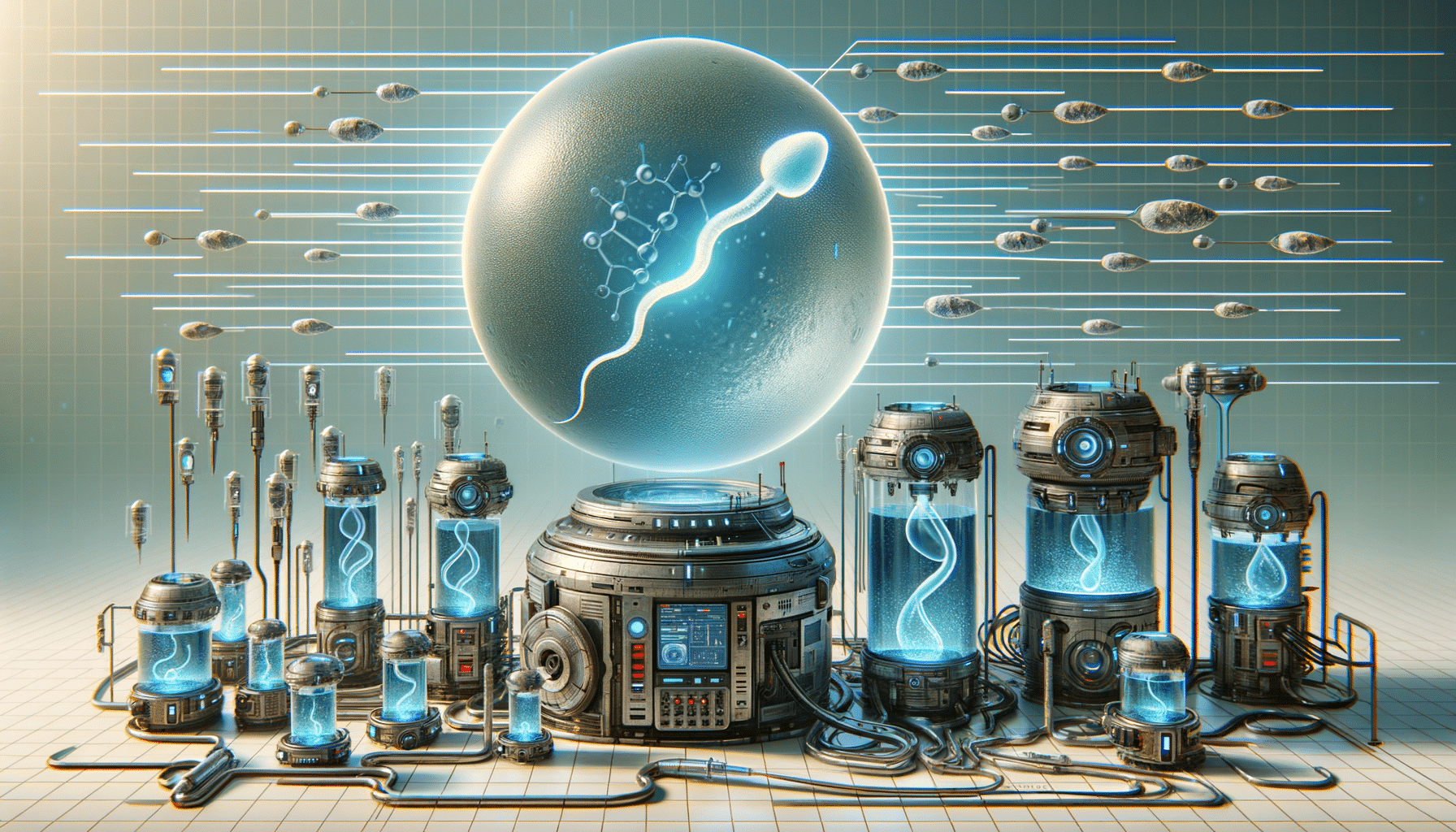
Sperm donation in 2025: What You Should Know
Introduction to Sperm Donation
Sperm donation has become an increasingly relevant topic in modern society, reflecting changes in family structures and advancements in reproductive technology. As of 2025, the practice has evolved significantly, offering new opportunities and challenges. Understanding the intricacies of sperm donation is crucial for prospective donors, recipients, and healthcare professionals alike.
The Process of Sperm Donation
Sperm donation involves several steps, each designed to ensure the health and safety of both donors and recipients. The process begins with a thorough screening of potential donors, including medical history checks, physical examinations, and genetic testing. This ensures that only healthy individuals contribute to sperm banks.
Once selected, donors are required to provide a semen sample, typically through masturbation at a clinic. The sample is then analyzed for quality and viability. If deemed suitable, the sperm is frozen and stored for future use. This process, known as cryopreservation, allows sperm to remain viable for extended periods.
Recipients can choose donors based on various criteria, such as physical characteristics, educational background, and personal interests. This personalized approach helps match donors with recipients’ preferences, enhancing the overall satisfaction with the process.
Legal and Ethical Considerations
The legal landscape of sperm donation varies widely across different regions, with laws governing donor anonymity, parental rights, and compensation. In some areas, donors remain anonymous, while others allow for identity disclosure under specific circumstances.
Ethical considerations also play a significant role in sperm donation. Issues such as informed consent, the rights of donor-conceived children, and the commercialization of human reproduction are subjects of ongoing debate. It is crucial for all parties involved to be aware of these considerations to make informed decisions.
The Impact of Technology on Sperm Donation
Technological advancements have revolutionized the field of sperm donation, making the process more efficient and accessible. Innovations in genetic testing allow for the detection of potential hereditary conditions, providing valuable information to prospective parents.
Moreover, digital platforms have emerged, connecting donors and recipients more effectively. These platforms offer detailed donor profiles, enabling recipients to make more informed choices. As technology continues to evolve, the future of sperm donation looks promising, with increased transparency and accessibility.
Conclusion: The Future of Sperm Donation
As we move further into 2025, sperm donation remains a vital aspect of reproductive healthcare. It offers hope to individuals and couples facing infertility, same-sex couples, and single parents by choice. Understanding the process, legalities, and ethical considerations is essential for anyone considering sperm donation, whether as a donor or recipient.
The continued evolution of technology and societal attitudes promises to shape the future of sperm donation, making it an even more integral part of family planning. By staying informed and engaged, individuals can make empowered decisions that align with their values and aspirations.


